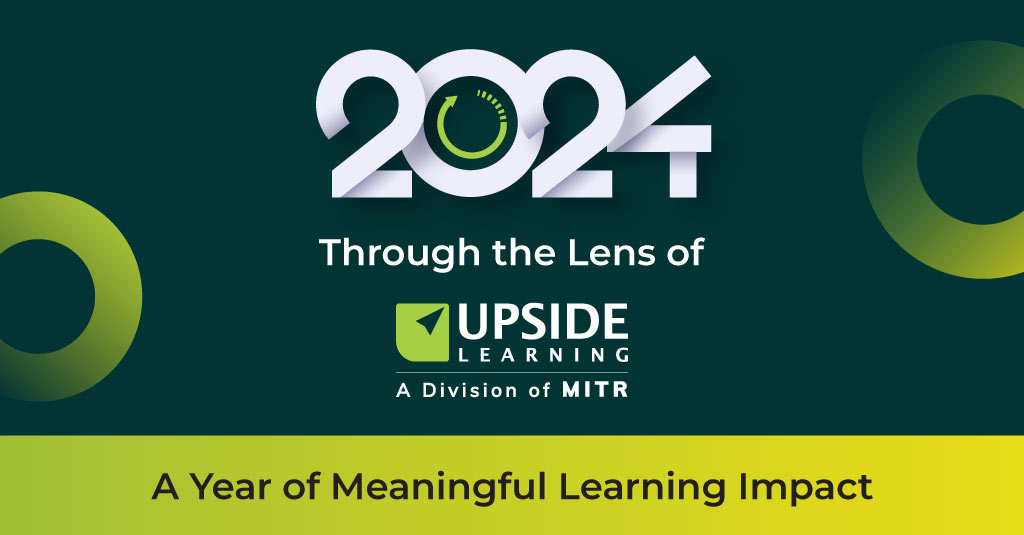Now that Adobe has forced your hand to convert your legacy Flash courses to HTML5, you will have to revisit your entire repertoire of eLearning courses. Over the course of several years, you may have imagined, visualized and developed just the right content for your organization. It may seem like a tall order to do so, but sifting through all these courses can prove to be an extremely rewarding task.
Does it look like you could never possibly convert all this volume of content to HTML5?
With the right plan, you can not only retain all your courses, but it can also prove to be an opportunity to plug in any gaps in your existing eLearning content or simply refresh the experience to enhance learner engagement.
Prioritizing the Courses to be Converted
You must understand that migrating courses from Flash to HTML5 does not always mean recreating everything from scratch. A good start can be categorizing all the courses into the following categories:
1. Courses that meet the learning objectives perfectly and only need a technology upgrade.
2. Courses that generally meet the learning objectives but can benefit from a minor visual enhancement.
3. Courses that need to be developed from scratch with a fresh instructional and visual approach.
Your legacy courses are by no means redundant. In fact they are the ready foundation that the new program will be built on. Segregating your courses into these buckets will give you a clear picture of the scope of the conversion program.
Asking the Right Questions
Once you have done your homework, it’s time to ask yourself these questions:
- Can you handle a project of this scale internally or do you need to outsource?
- How are you budgeting for the program?
- Do you have an appropriate plan to reinstate the upgraded learning?
- Does your LMS support the technology or do you need to upgrade your LMS?
Choosing Partners, Not Vendors.
Sticking to your roll-out strategies and meeting the learning needs of the organization is crucial for your business. But conversion of high volumes of content can be time consuming. Your internal team may not necessarily have either the technological skill set or the extra time to take up a project of this scale, or both. Here is where professional eLearning vendors come into picture. Outsourcing the migration project can ensure that it is handled smoothly and in the right timeframe by professionals who have done exactly that multiple times over.
Selecting the right partner holds the key to achieving your objectives with the migration. A few benefits of outsourcing include:
- A dedicated team of professionals including – Solution Architects, Instructional Designers, Visual Designers, Programmers, and Quality Assurance personnel.
- End-to-end project management, with a customized development plan for your specific needs.
Converting huge amount of your content to a new framework takes a decent amount of experience in the field. Although technological efficiency is a major part, it is not the only piece of the equation. Vendors are a set of professionals that you can rely on. Choose a partner that understands your needs perfectly and has a solution to your every problem.
Focus Groups for Efficient Handling of Volume
Remember segregating your content into 3 categories?
One way of handling large volumes of content conversion is creating special pods or focus groups which tackle the different courses that need different treatment. Every focus group can then work simultaneously to ensure an optimal turnaround for the project completion.
Selecting the Right Technology
While you focus on the enhancements and the upgraded functionality of the outputs, it is important that you do not lose sight of the goal – the learning objectives. Working with such a volume of courses, it may so happen that the purpose of the initial e-Learning may get derailed.
Appropriate authoring tools in the hands of experienced industry professionals can ensure that the new output maps accurately back to the objectives and functionality of the legacy courses. Authoring tools have evolved along with the latest technology in the market.
Sometimes, conversion of a course can be as simple as upgrading the version of the tool which was used in its development. Professionals experienced in working with these tools can immediately identify such scenarios, thus saving you a lot of time and effort. The most widely used authoring tools include – Articulate Studio 13, iSpring, Adapt, Adobe Captivate, Articulate Storyline, Lectora, etc.
Building a Sound Foundation
If working with a partner on your project, it is always a good idea to review a prototype. This gives you a sense of the look and feel of the redesigned courses. Having a prototype stage – especially in a high volume course project – helps you to capture any irregularities at the earliest. This is important, because the prototype can then go on to become the foundation for all the courses to follow. This ensures that there are no major delays later on in the project lifecycle and that all the timelines are met.
Test Before You Rest
Testing your content becomes even more important when it comes to bulk conversion projects. Testing the visual design and functionalities of each redeveloped course is a step that should never be overlooked. HTML5 is supported by almost every modern browser and its responsive framework makes it mobile and tablet compatible too.
– Check if you have the latest versions of browsers to host your HTML5 courses.
If you do not have the right infrastructure to support the new courses, you might have to consider upgrading your systems. Testing the entire volume of converted courses in a myriad of environments and on multiple devices is crucial towards getting the best outputs. An expert QA team with experience in handling such high volume and variety of courses comes in handy to put in place a comprehensive testing plan. A trained eye can spot a minor discrepancy the machine might miss.
Converting large volumes of courses within the scope of a single project can be a major success if you follow the right process and partner with the right professionals. As we’ve discussed earlier in this blog, this process also gives you a chance to review and recalibrate your strategy, giving you integral insights into your eLearning needs. With the right tools and the right professionals, any volume of course conversion can be carried out with utmost efficiency and accuracy.
So stop worrying about the complexities involved in a large volume course conversion project and be prepared to meet the future!



















